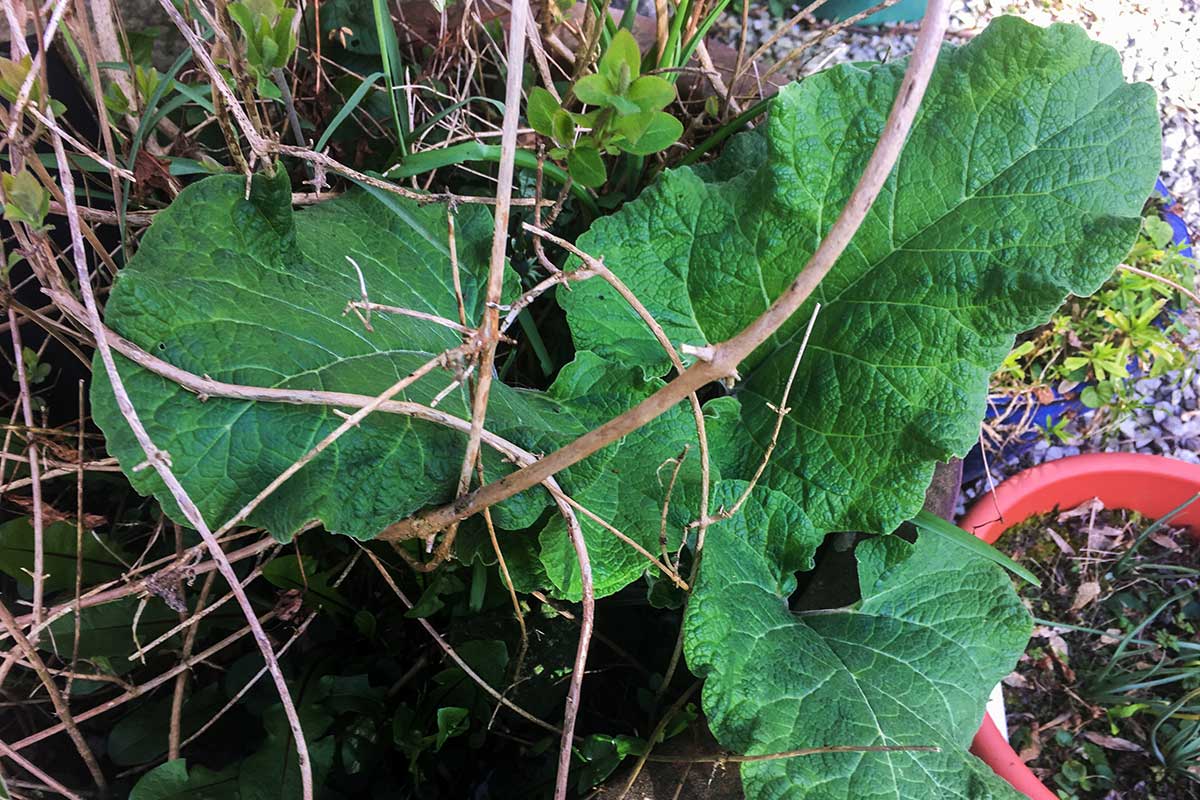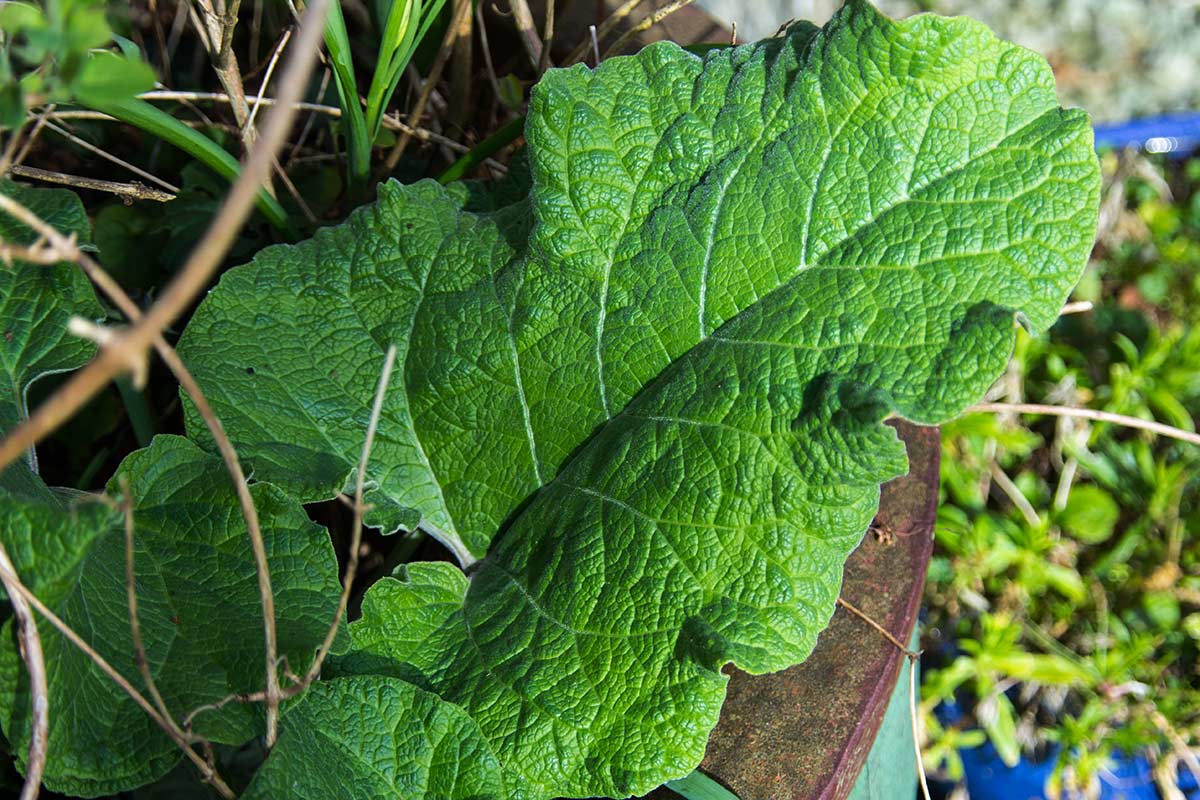Burdock
Common names
Latin name
Family
Parts used
Botanical description, cultivation and harvesting
Large biennial with broad cordate leaves up to 40 cm long. Purple globular flower heads. The bracts are hooked burrs. It's location is Europe, parts of Asia and North America.
History, folklore, taste and energetics
Burdock is a wonderfully nourishing and cleansing herb. It helps to comb out old patterns and debris from us, its emotional and spiritual healing mirroring what it does on a physical level as is the case for all our allies.
The burrs of this plant inspired a French scientist to develop Velcro; after finding the burrs in his dog’s fur and combing them out he realized that the tiny hooks and fur would make an ideal closure system for astronaut’s suits and now it has fond many other applications.
The root is sweet and mucilaginous with some bitterness. The herb is very bitter.
Constituents
Roots Bitter principle, Inulin (up to 50%), Lignans, including arctigenin (a weak tumour growth inhibitor), Polyacetylenes (antibiotic0, Arctic acid, Sesquiterpenes, Amino acids, Acids (isovaleric, lauric, mystiric, caffeic, chlorogenic), Dietary fibre
Seeds
15-30% fixed oils, Bitter glycoside (arctiin), Chlorogenic acid
Leaves
Arctiol, Fukinone, Taraxasterol
Actions
- Diuretic
- Orexigenic (stimulates appetite)
- Alterative
- Diaphoretic
- Anti-rheumatic,
- Antiseptic,
- Depurative (blood purifier)
Traditional and current uses
Root;
- Skin eruptions –acne, boils and abscesses, eczema, dermatitis and psoriasis
- Rheumatism, arthritis, gout
- Cystitis
- Anorexia nervosa
- Reduces the effects of mutagens, being investigated as a possible treatment of certain tumours
- Digestive tonic
- Lowers blood sugar – may be helpful in diabetes
Seeds;
- Flu, measles, tonsillitis, colds, fever
- Kidney stones
Leaves;
- As a treatment for falling hair, use as a rinse
- Poultices for bruises and skin eruptions
Recipes
Used as a vegetable in Asia – steamed or stir fried.
The seed burs contain seeds with small hooks which attach to animal fur and so on as a way of dispersing the seed. These gave the original inspiration for Velcro.
Dandelion and burdock flapjacks
150 g porridge oats
100 g butter or olive oil
3 tablespoons agave syrup or honey
50 g raisins optional
50 g hazelnuts chopped optional
3 tablespoons mixed seeds optional
Dessert spoon ground dandelion root
Dessert spoon ground burdock root
Heat oven to 180 oC. Melt butter and agave together. Mix in dry ingredients and press into a baking tray. Bake for 20 minutes or until golden brown. Allow to cool and cut into squares.


